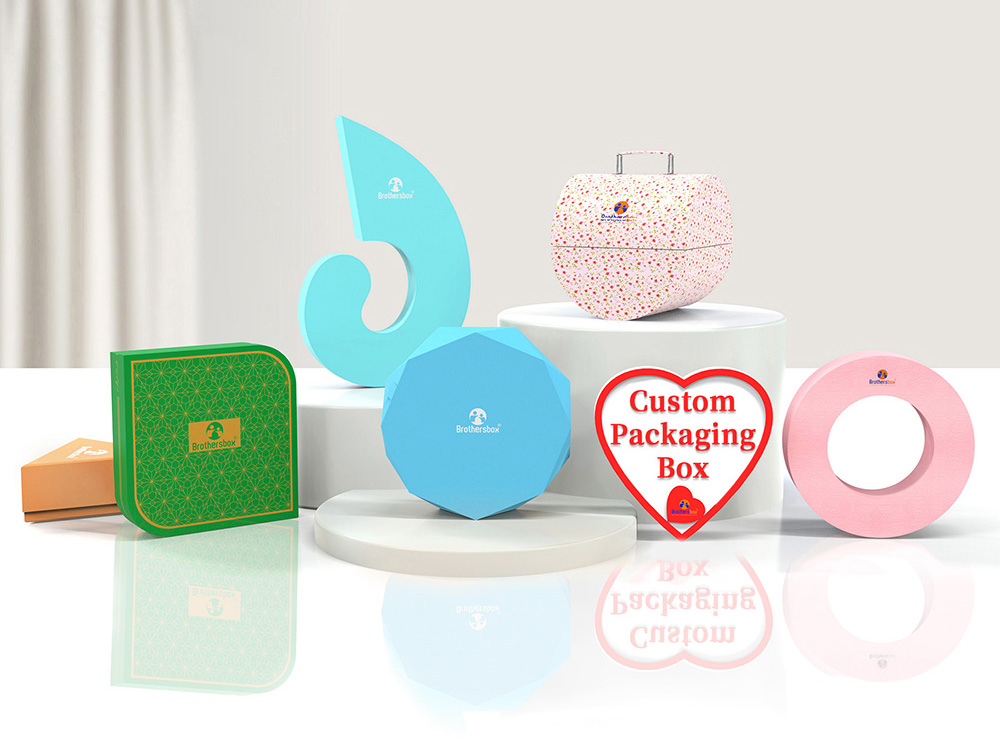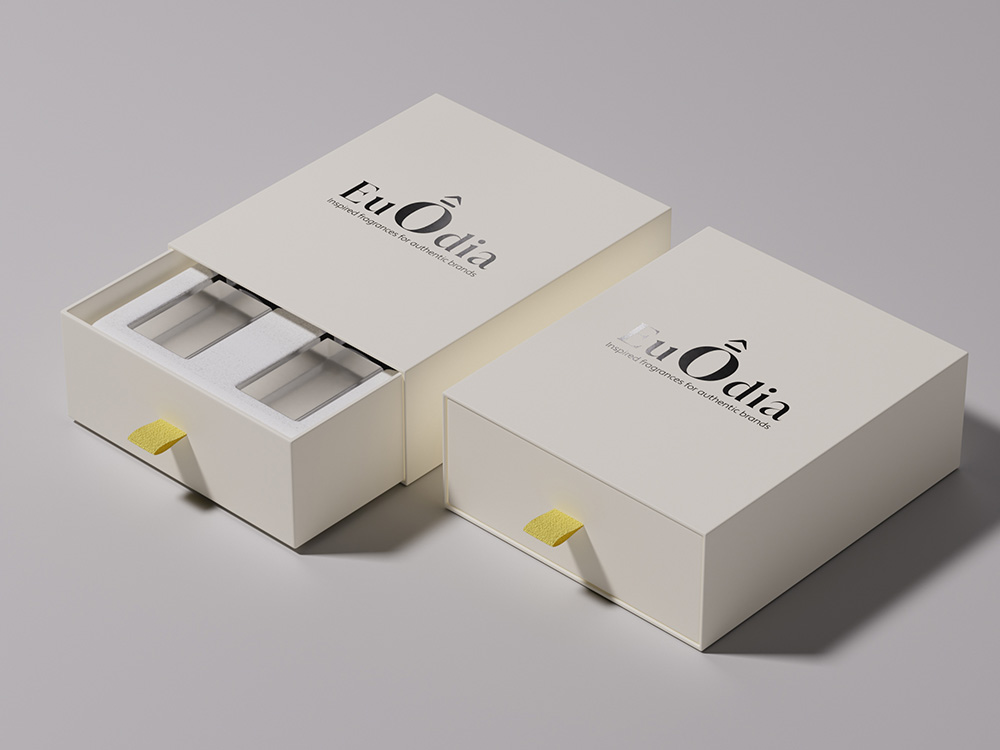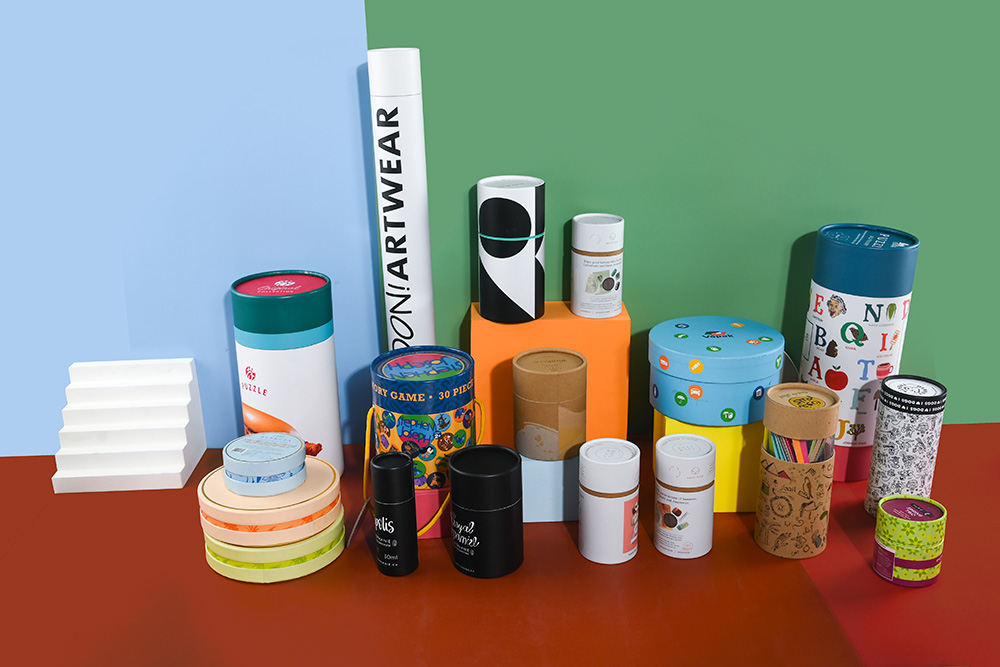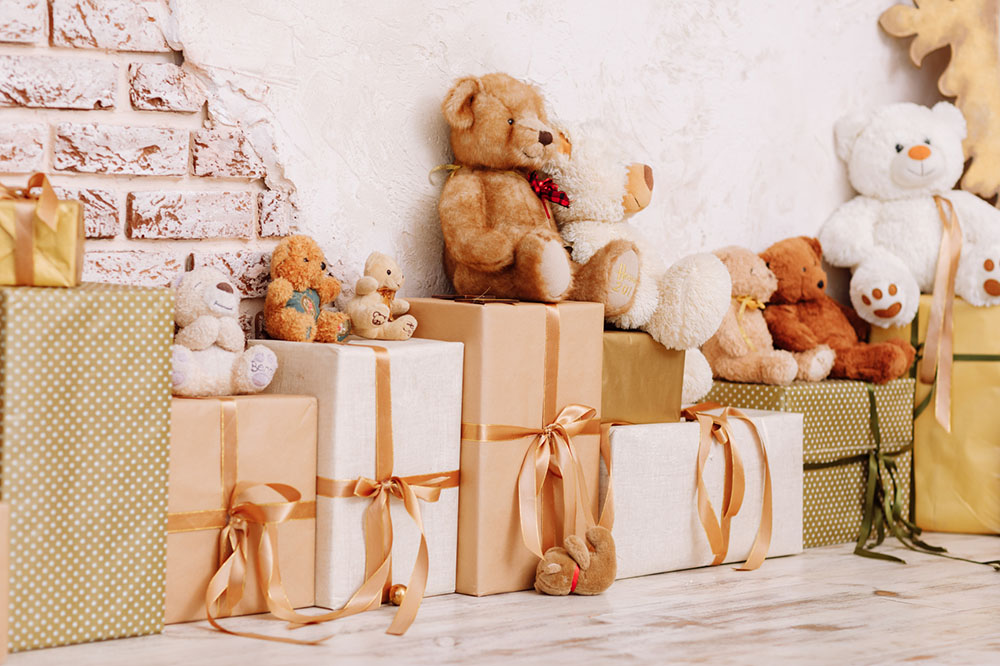How to Build a Consistent Brand Identity Through Packaging
Align your packaging design with your brand identity to improve recognition and trust. Learn key steps to keep your brand consistent across all packaging.
 5 Min Read
5 Min Read
 194 Views
194 Views
Brand identity is a set of visible and/or emotional elements that reflect your values and mission. Considering that packaging is the first thing people use to identify your brand, you can use it to differentiate your product from competitors.
In B2B, custom packaging can help create an emotional connection with customers, resulting in trust and brand positioning. We explore the elements, styles, and benefits of a consistent brand identity through packaging.
Understand the Elements of Brand Identity

It is crucial to understand the key elements of brand identity when designing your product packaging. Choose elements that reflect your brand personality while adding a unique touch. Brand identity is what customers remember you in a competitive industry.
Visual identity:
The first thing that most people recognize is your logo, also known as the brand face. Think of a brand like Samsung or Nike, which most people recognize from its logo. Position the logo on the packaging so that customers can easily recognize it.
Using the same color on the packaging again and again helps people easily recognize your brand. How you arrange letters and images on the packaging also matters. The two should be simple to understand and show clearly the most important information about your brand.
Tonal identity:
Is your brand tone fun, playful, bold, or confident? Your tone should be evident in the tag line, product description, and instructions.
When customers see your packaging, they should feel excitement, trust, and joy. Maintain a consistent tone across all your touchpoints (social media, packaging, website) to earn trust from your customers.
Sensory branding extensions
An emotional connection is what differentiates an ordinary and a captivating one. Successful brands appeal to their customers' senses to maintain long-term loyalty. Brands add special touches, such as the package's feel, smell, and appearance, to give customers a one-of-a-kind experience.
Textures and finishes help customers form an emotional connection to the product and packaging. Brands that use scented packaging materials create a strong memory connection, setting a good mood before unboxing. Sensory branding turns packaging into an experience that is more enjoyable and shareable.
Design Packaging That Reflects Brand Values

The materials, look, and shape of your packaging should match your brand’s value. If your brand supports the environment, choose recycled paper or compostable materials. Avoid unnecessary wrapping or shiny plastics to show your customers that your brand takes sustainability seriously.
Even with various products, ensure that there is visual consistency across all packaging. The brand’s logo should always be easy to spot and the colors exact. Don’t change fonts or text, as your brand will look disorganized.
Take advantage of the packaging surface to tell your brand's story. Tell customers what makes your brand unique and what your values are. However, don’t use too much text and don’t waste space, either. Use the inner flaps and the back of the packaging, too. Treat your packaging like a silent salesperson.
Balance Visual Appeal and Functionality
Packaging should look good and work well. Use materials that will not crush, tear, or leak. Make the packaging easy to open and stackable, if not flat, to avoid wastage of space when storing. Squares and rectangles stack better than circles and ovals.
Overdesigning can confuse, making your brand hard to understand. Mistakes such as too many fonts or all caps text make the packaging look messy. Choose colors that fit your brand’s mood and be consistent. Avoid too many visuals, enabling the important elements to stand out. Cluttered packaging will turn people away.
Audit Your Current Packaging Touchpoints
It is essential to audit your packaging process and determine if it beats the competition and improves performance. List everything that you use for packaging, including boxes, wraps, sleeves, labels, tags, and sealing tape. After listing, collect real samples, photo images, and digital versions for all format types.
The next step is to gather all the packaging materials and check if they follow your brand’s guidelines. Confirm the colors, fonts, tone, logo placement, and sizing. Have a brand guideline checklist and confirm against each type of packaging.
Check for areas where your brand doesn’t follow the rules or feels off. Mismatched materials, such as using plastic packaging when your brand promotes sustainability, can make customers question your values.
Inconsistencies in tone, messaging, logo, certification, font variations, and spacing can make your brand look sloppy and unprofessional. Write down all these issues and fix them to clean up the confusion.
As you audit, check if your packaging matches seasonal changes such as Christmas, Valentine’s, or product launches. Even with seasonal packaging, confirm if your brand stays consistent.
Test, Launch, and Iterate
After the audit, you can decide whether to change the whole packaging or only make minor changes. If you choose to release new packaging, it’s ideal to first test it out in a small controlled environment. Choose a place where you can get real reactions, such as a trade show or a selected store.
Ask everyone who matters what they think about the new packaging. Does the packaging look good, and are your clients willing to buy? Ask the wholesalers if it fits with other products. Your in-field team should check if the packaging is easy to carry or stock.
Is packaging helping your brand to grow? Do the people remember your brand after seeing the packaging? Use surveys, social media polls, or brand mentions in reviews. Do customers feel excited when unboxing?
B2B Spotlight: Industry Examples

Brands that care about their identity need to show their best side consistently. Mistakes in branding can quickly spoil their reputation, leading to decreased sales. We highlight a few brands and demonstrate through their packaging how they have managed to retain and improve their identity.
Apple:
Apple's products are sleek, high-quality, and modern. Their packaging reflects that. By using minimalist packaging, there are no loud colors, unnecessary details, or busy patterns. Apple uses high-quality images, clear fonts, and ample space.
Businesses in the “B2B” space want to feel that they are getting premium and well-thought-out products even when they buy in bulk. Fortunately, Apple keeps a consistent packaging across all its products. Having a strong brand identity creates a strong emotional connection, even before unboxing.
Muji's “no‑brand” packaging
Muji, a Japanese brand, uses simple packaging as part of its brand identity. The brand uses recycled paper for its packaging and small text. Labels show the brand's name and a brief explanation of what the product is.
Consistency in packaging makes it easy for customers to recognize Muji’s products. Muji does not promote its brand extensively, but over time, customers have learnt to trust its packaging. The minimalist design shows that branding is not always about a logo and flashy colors.
Craft beverage brands:
Artisan soda companies and other small craft beverage brands opt for custom packaging to stand out from competitors. Using consistent color coding makes it easier for customers to identify their favorite beverage. Most brands use the packaging surface to write a short story or messages. Brothersbox has experience in customizing beverage packaging.
Many craft beverage brands create hand-drawn images and nature themes to create unique and artistic packaging. When small brands show their personality, they easily stand out from the larger beverage companies.
Conclusion:
Packaging can help improve brand identity. However, you can only do this by understanding how elements elevate brand identity. An audit of your packaging processes can help you know if you need new packaging or minor changes.
Brothersbox takes you through the stages of production to ensure that you get your brand identity right. Contact us for our high-quality packaging options.
















